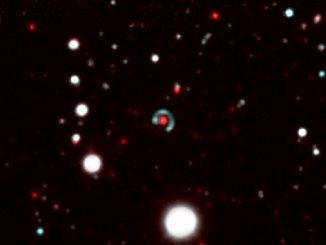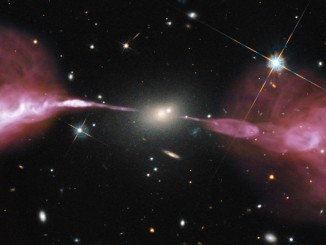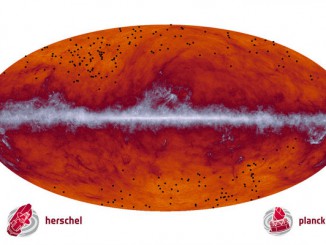
Einstein’s Theory of General Relativity



A new ‘Einstein ring’ is discovered
This unusual phenomenon, predicted by Einstein’s theory of General Relativity, was discovered by chance by doctoral student Margherita Bettinelli at the Instituto de Astrofísica de Canarias while analysing images of the Sculptor dwarf galaxy. The “Canarias Einstein ring” is one of the most symmetrical discovered until now and is almost circular.

First light for future black hole probe
Zooming in on black holes is the main mission for the newly installed GRAVITY instrument at ESO’s Very Large Telescope in Chile. During its first observations, GRAVITY successfully combined starlight using all four 1.8-metre Auxiliary Telescopes. The first observations using GRAVITY with the four 8-metre VLT Unit Telescopes are planned for later in 2016.

Royal Astronomical Society’s National Astronomy Meeting 2015 – report 2
In his second report from the Royal Astronomical Society’s National Astronomy Meeting 2015, Kulvinder Singh Chadha ponders the nature of dark matter and whether cosmic jets — jets of material from active galaxies travelling close to the speed of light — may correlate with dense regions of dark matter in the Universe.

